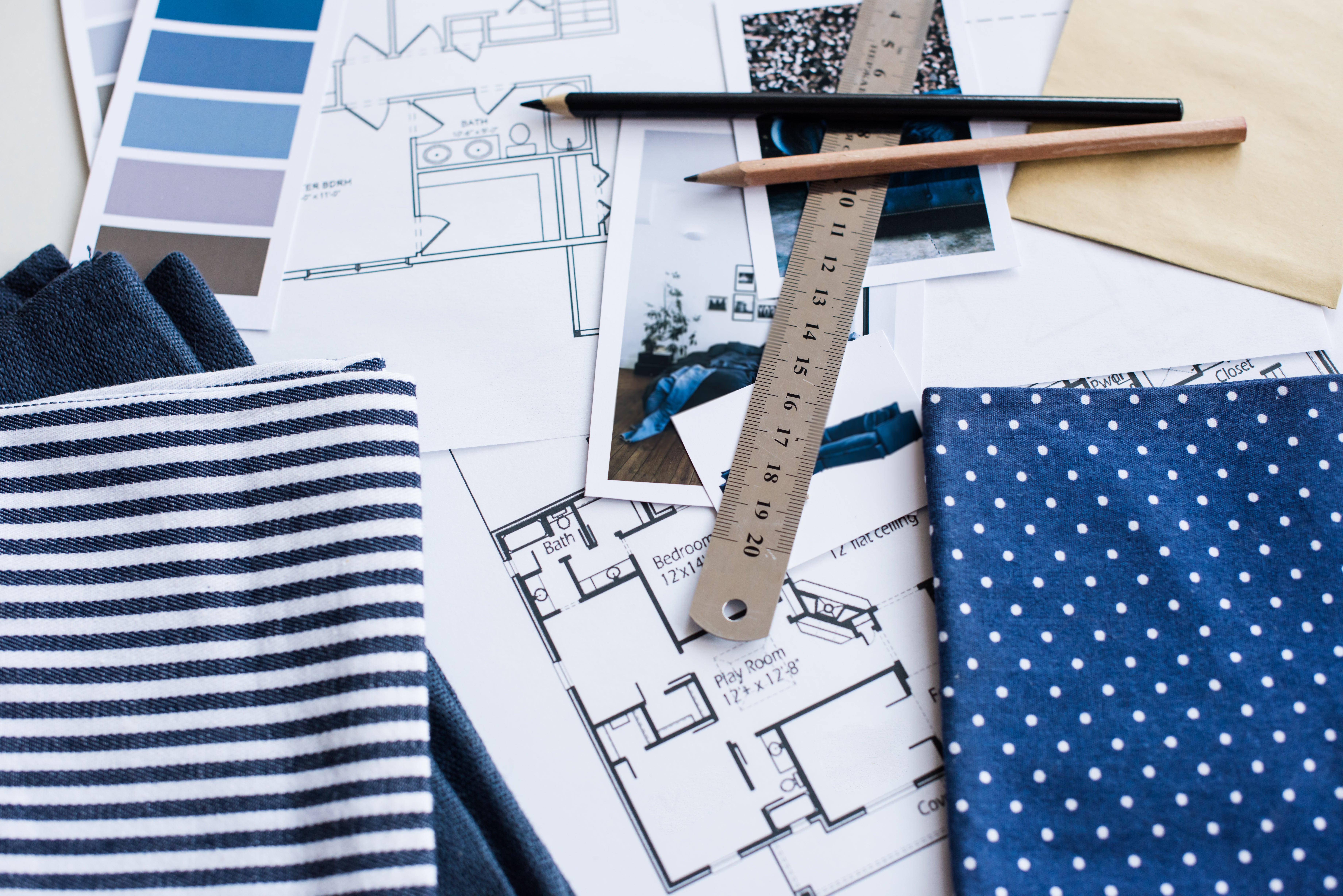Dear Sean,
I’m struggling to figure out what business relationships are the most important to prioritize right now. Should I be putting down deposits for future work? I want to help make sure vendors like my favorite upholstery shop and wallpaper hanger stay in business, but I don’t want to play fast and loose with my client’s funds, either.
Risky Business
Dear Risky Business,
So many designers were about to put in orders to complete their spring/summer projects when the world went corona-haywire. Your situation is not uncommon, but needs to be thought through in-depth so that you can make the best decisions for yourself, your clients and your vendors alike.
But first, a few things about our upside-down world—starting with the fact that a company filing for bankruptcy and ultimately not coming back is actually the easiest problem to confront. Donghia, for instance, has struggled for a long time, but no one knew this would be the end. Now that the company is in bankruptcy, there will be an orderly wind-down of its business. Yes, people will lose money, but it is understood what is going to happen.
Of course, I am not saying to go give your money to the firms you think might not make it. What I am saying is if you give your money to a firm that ultimately does not make it, you will know where you and your client stand, lick your proverbial wounds and move on.
The more complex problem involves those vendors that will be the walking dead—unable to meet orders in anything resembling a timely fashion, and with quality issues to boot. These firms will be desperate to survive, and as a result will actively be robbing Peter to pay Paul. These firms are like musical chairs: You have no idea if you will be out when the music stops. Giving your money to these firms and waiting it out is a monstrous recipe for disaster for almost every reason imaginable.
The challenge is how to tell which firms will fold, which will be the walking dead and which stand the best chance of success once business reopens. To make that guess, you will have to find alignment and an understanding of what your metric of success is.
For instance, is speed of delivery your overarching goal, or ultimate quality of product? Before COVID-19, you could expect both for the same price. Now you have to sacrifice one or the other unless you are willing to pay more.
Here’s why: No manufacturer, fabricator or other supplier is going to start back up again at full speed, no matter what the government does next. The companies you want to do business with will come back as prudently as possible, focusing on the most profitable lines of their business. These products might be their highest-end pieces, but likely not. It is likelier to be the product they can produce with the least amount of sacrifice to quality at the highest margin; the rest of the lines should be put on the back burner. Other than profit, these are the foundational products that these production partners can rely and build on. They can return to the other lines as the business returns to support that growth, but not before.
Your job, then, is to support those businesses you believe are going to come back and their most profitable products. Though this solves the problem of making sure that you have the best chance to get the goods you will need to do your best work, it does not solve the problem of time. Most likely you will not be alone in getting the highest-margin items from the production partner you have chosen. To get to the front of the line, you are going to have to make some tough calls.
I would definitely say not to fund the entire purchase now, as you really do not know what is going to happen. That said, the deal should be that as soon as the world begins again, you will be ready to fund (with verifiable proof that your work will be in progress) far more than you might have ever had to. This is, of course, if time really matters to you (which I am assuming it does). If not, you can slow down and be at the back of the frequent travelers line—not a bad place to be, but there’s no guarantee you will get the overhead bin above your seat.
What does all of this really mean? It means that you are going to have to have hard conversations with your clients about what you are willing to do and what you are not. You will be talking to them about making risky decisions about who might survive and who might not—potentially watching their money evaporate and knowing that, if their highest priority is for you to be able to finish, it will be money they have to be OK losing.
Uncertainty is not your friend, and all you can do is manage it today. You are guessing like the rest of us—except yours has to be with intention and purpose as to who you think will best support your vision with their best work. Alignment will give the world the best chance to spin again; start there.
____________
 Sean Low is the the go-to business coach for interior designers. His clients have included Nate Berkus, Sawyer Berson, Vicente Wolf, Barry Dixon, Kevin Isbell and McGrath II. Low earned his law degree from the University of Pennsylvania, and as founder-president of The Business of Being Creative, he has long consulted for design businesses. In his Business Advice column for BOH, he answers designers’ most pressing questions. Have a dilemma? Send us an email—and don’t worry, we can keep your details anonymous.
Sean Low is the the go-to business coach for interior designers. His clients have included Nate Berkus, Sawyer Berson, Vicente Wolf, Barry Dixon, Kevin Isbell and McGrath II. Low earned his law degree from the University of Pennsylvania, and as founder-president of The Business of Being Creative, he has long consulted for design businesses. In his Business Advice column for BOH, he answers designers’ most pressing questions. Have a dilemma? Send us an email—and don’t worry, we can keep your details anonymous.
Homepage photo: Shutterstock.com





























